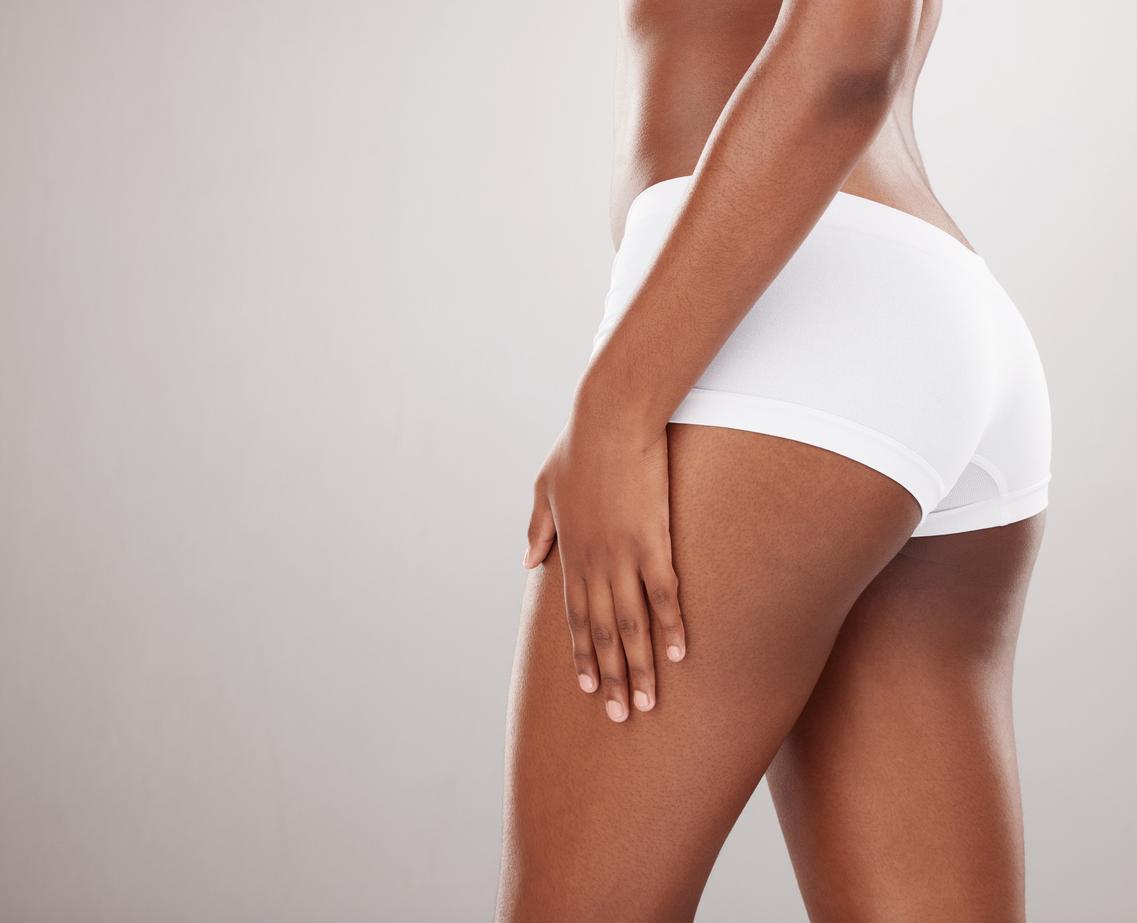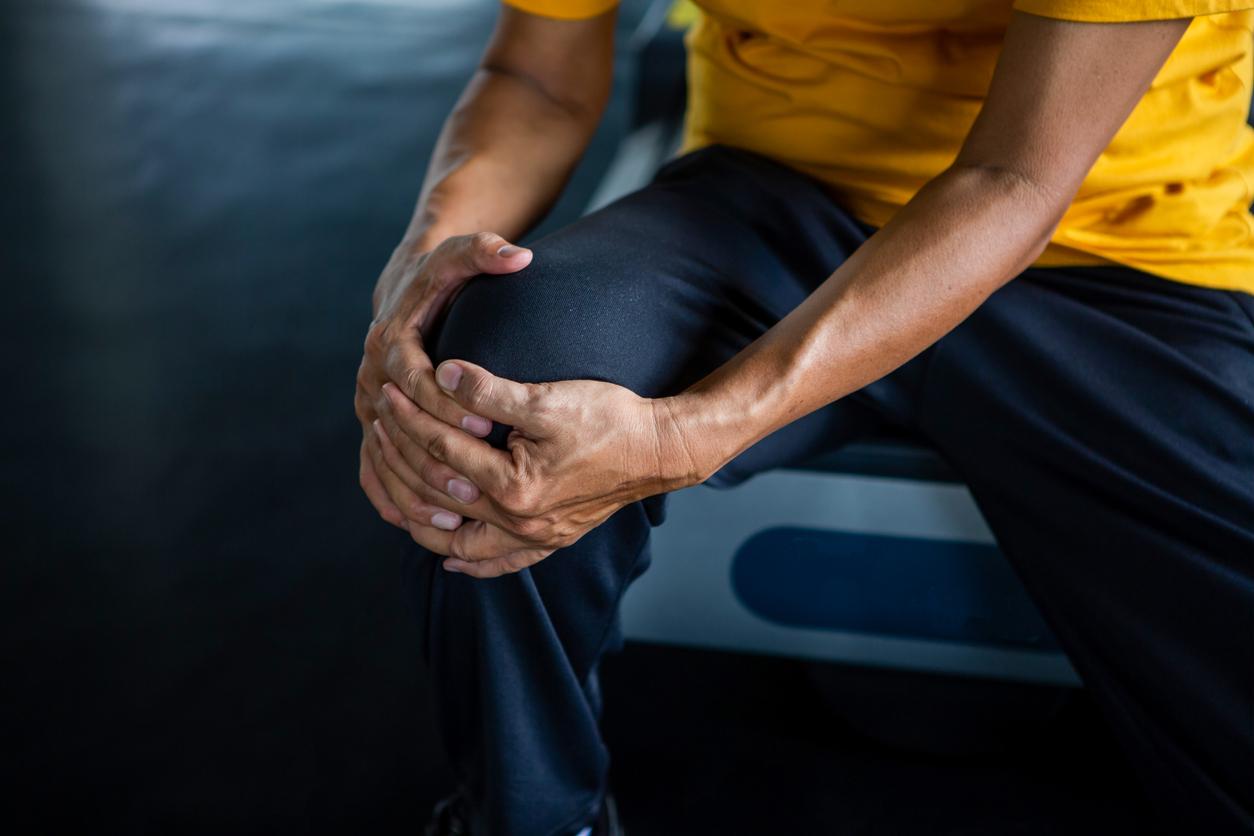A new knee stabilization plate has been given the green light by the UK Medicines Health Regulatory Authority to be tested in the country. It could improve the quality of life of many patients.

- Custom-made 3D printed stabilization plates will be offered to patients in the UK after a tibial valgus osteotomy procedure.
- This new device would reduce the symptoms associated with osteoarthritis of the knee, without adverse effects.
TOKA for Tailored Osteotomy for Knee Alignment: this is the name of the new tailor-made treatment offered to people with knee osteoarthritis problems. This has just been given the green light by the UK Medicines and Healthcare Product Regulatory Agency (MHRA) to be tested in the country. Thousands of patients could thus have a much better quality of life. “Knee osteoarthritis is a major health, social and economic problem and does not receive as much attention as it shouldunderlines Professor Richie Gill, of the Center for Therapeutic Innovation. A quarter of women over the age of 45 suffer from it, and about 15 percent of men, so it is a significant problem with which many patients live.”
Custom 3D plates and screws
It is the world’s first 3D printed tibial valgus osteotomy device. The tibial valgus osteotomy is an intervention which consists in correcting the deformity of the lower limb by straightening the tibia or, more rarely, the femur. This treatment is suitable for patients suffering from osteoarthritis of the knee but who do not meet the criteria for arthroplasty, that is to say surgery to replace all or part of a diseased joint, here the knee. “Knee replacement surgery is only useful for end-stage osteoarthritis, so you may experience pain and have to live with disability for a long time, even decades, before this is possible. continues Professor Richie Gill. We hope that the new TOKA treatment we have developed will change thatat.” The aim of the tibial valgus osteotomy is therefore to reduce the stresses on the osteoarthritic zone of the knee which suffers by a lighter intervention. Nevertheless, after surgery, patients have a stabilization plate to support the tibia while it heals. Usually, the plates used are standard and therefore not necessarily well suited to patients. Those proposed by TOKA are made to measure, in titanium and are printed in 3D. Thus, they adapt precisely to the bone of the person, which reduces the irritation of the surrounding skin and the pain. In addition, the screws to fix the plate are also 3D printed, which means that they can be positioned optimally to the bone.
A reduction in the symptoms of osteoarthritis
TOKA plates have already been safety tested virtually, in a computer-based trial using data from 28 patients. The clinical trial highlighted the constraints that would be exerted on these plates and showed that they ensured safety comparable to standard treatments. Patients who will now test them in the UK will have a 3D CT scan of their knee. This is an imaging test to create detailed 3D images of organs. Thus, a personalized surgical guide and plate will also be 3D printed, both made to measure on the person’s tibia. The surgical guide simplifies surgery and is designed to improve surgical precision. “Custom 3D printing of the plate and scanning before surgery means surgeons will know exactly what they will be seeing before surgery and where the implant will goexplains Professor Richie Gill. It is important to note that this type of treatment relieves the symptoms of osteoarthritis of the knee while preserving the natural joint..” Trials will begin in the UK as soon as clinical centers reopen for elective surgeries. In Italy, twenty-five patients have already tested TOKA plates.

.















